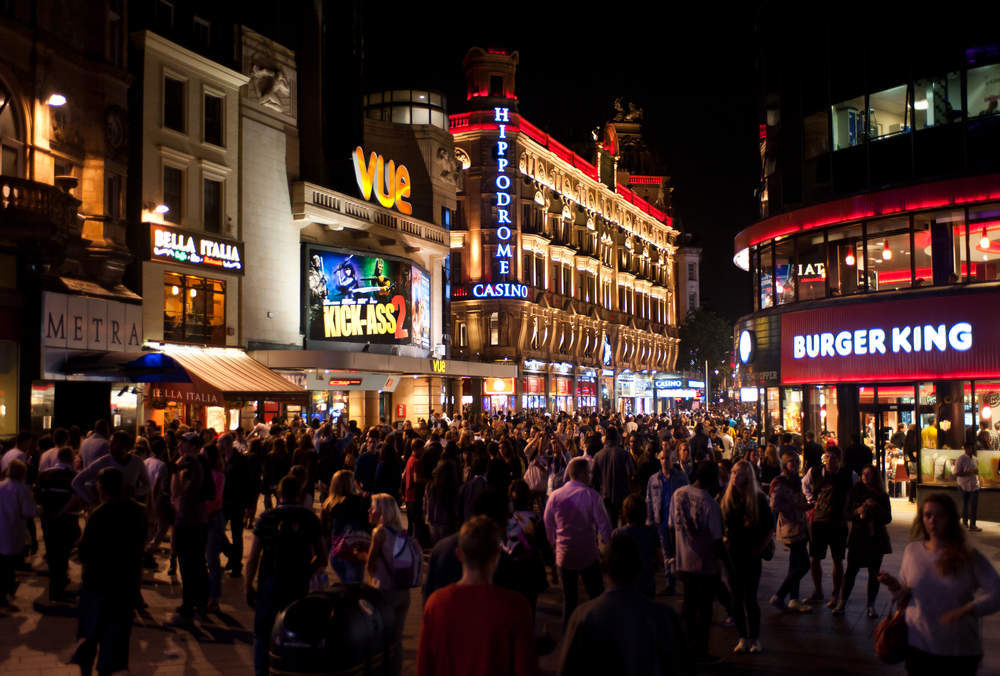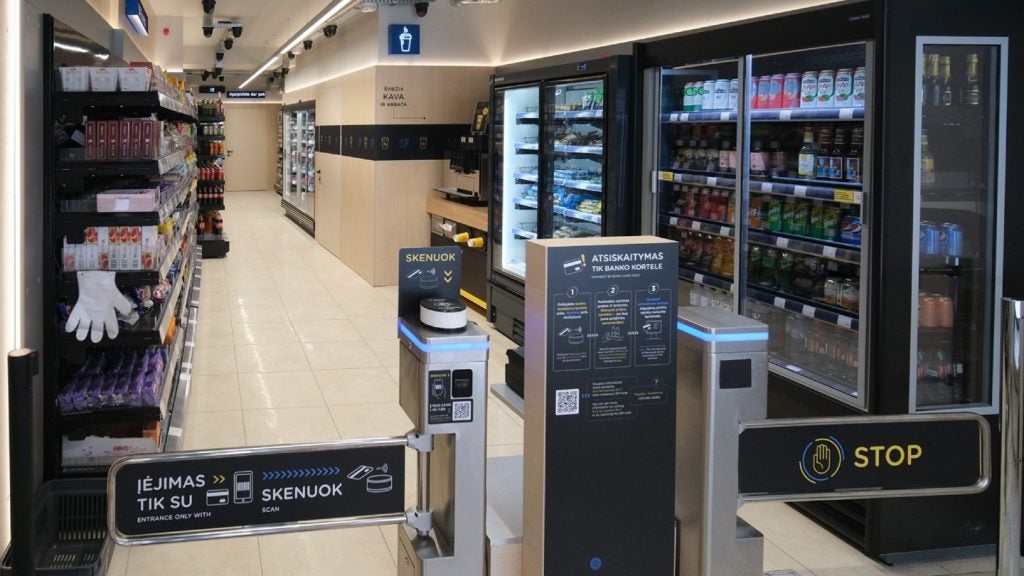
Residents of urban areas across Europe have displayed their discontent with so-called over-tourism: the somewhat unavoidable negative consequences that increased visitor levels have on popular destinations.
Yet, making city trips more expensive could provide some sort of relief.
Following the recent attack on a tourist bus in Barcelona it has become clear that the problems excess tourism cause in European cities has become overwhelming for the residents living in them.
Anti-tourist graffiti in the Spanish city of Palma has directed the blame on tourists themselves, with “tourist you are the terrorist” and “tourist go home” painted around the city.
Locals argue that the over-tourism problem is killing the city’s character and making living there unbearable.
A number of factors have made visiting cities cheaper, including fierce competition from low cost airlines such as Ryanair and the rise of Airbnb.
How well do you really know your competitors?
Access the most comprehensive Company Profiles on the market, powered by GlobalData. Save hours of research. Gain competitive edge.

Thank you!
Your download email will arrive shortly
Not ready to buy yet? Download a free sample
We are confident about the unique quality of our Company Profiles. However, we want you to make the most beneficial decision for your business, so we offer a free sample that you can download by submitting the below form
By GlobalDataNow, travellers often opt for a number of short city breaks throughout the year, rather than a longer summer holiday.
Nowhere is feeling the pressure of excess tourism more than Venice.
The small and historic city has fragile infrastructure which is struggling to withstand the huge number of tourists that visit the city every year. Flocks of cruise ships arrive in peak season; the size of which dwarf the city’s tallest buildings and release up to 35,000 tourists over a weekend on to the city’s streets.
The scale of these cruise ships is damaging the city’s increasingly brittle breakwaters and – understandably – locals have protested against them.
One solution to the problem is to try and diversify where tourists stay and visit; attracting tourists to lesser-known areas can reduce large congregations of sightseers around a city’s most famous attractions.
Amsterdam encourages visitors to stay in accommodation outside of the city centre, while Venice proposes alternative itineraries and routes through the city.
Barcelona’s mayor, Ada Colau, has taken a more extreme measure, by freezing new licenses for tourist accommodation including hotels and hostels.
Given the residents’ resentment of overtourism, the development was likely warmly welcomed.
The challenge is finding the right balance between the costs and benefits of such restrictions, as tourism undeniably brings a host of benefits to urban areas, most notably jobs, revenue and economic growth.
One solution could be to make visiting these cities more expensive, a prime example is the Amsterdam style ‘tourist tax’ which requires every tourist to pay a five percent tax on accommodation, which is then used to improve the city.
By taxing tourists, the revenue generated could help improve infrastructure and facilities to better handle large crowds, while making visits more expensive could additionally curb the number of visitors to more sustainable levels.
Undoubtedly, European cities face a significant challenge trying to balance the economic benefits of tourism while maintaining the city’s character; indeed the reason they are so well-visited.
Achieving the right balance between the two will ensure cities remain attractive locations to visit as well as live, and will reduce the recent anger over excessive tourist numbers.
As the city break becomes an ever more attractive idea, sustainable tourist numbers should be a key priority for local governments and mayors.








Related Company Profiles
Ryanair Holdings Plc